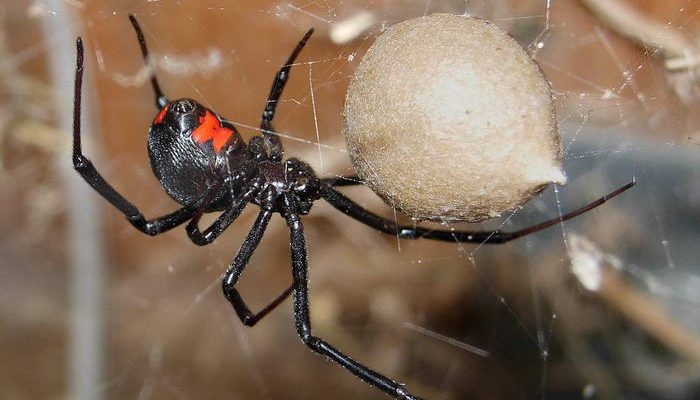It is a surprising yet true fact that around 5% of the planets population suffer from Arachnophobia. While there is little to fear from the majority of spiders we may come across, they still seem to hold a special place in the human psyche.
Picture this: you’re walking through a serene forest. Suddenly, you stumble upon a spider that sends a shiver down your spine. Although these eight-legged creatures are fascinating and play essential roles in our ecosystem, some of them can be quite menacing. Brace yourself as we delve into the shadowy realm of arachnids. You will see the 10 most fearsome spiders lurking around the globe. We’ll cover details about their habitats, venom potency, and the potential risks they pose. So, whether you’re an intrepid explorer, an arachnid enthusiast, join us on this spine-tingling adventure!
We take a look at the ten most deadly species of spider out there:
10 – Hobo Spider
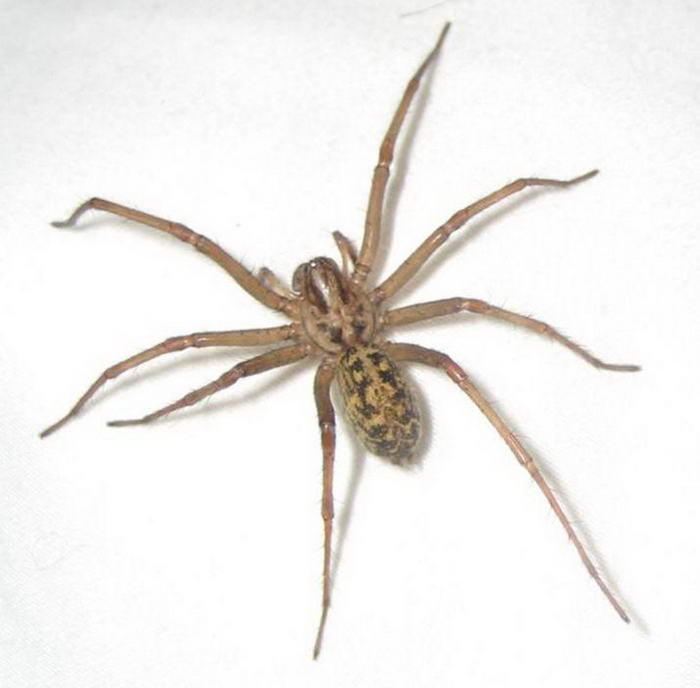
While not life-endangering, it can still be quite painful if you do get bitten! Another reason this makes it onto the list is that it is quite aggressive for a spider. While most species will hide from humans, this will actively react if it feels threatened. This and the fact they like to live in houses makes them quite a nuisance as you are more likely to come across them.
09 – Camel Spider
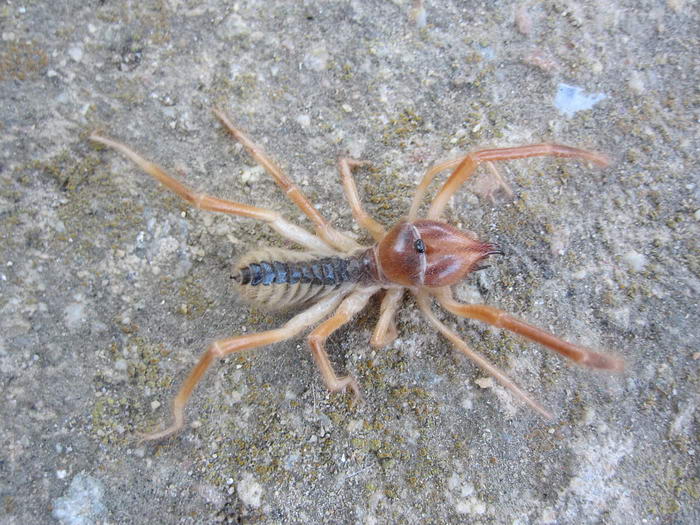
One of the biggest and most fierce looking spiders around, it can grow up to 6 inches long with its fearsome jaws measuring up to half that length! The bite they can give along with the size they grow and the ferocity of their looks makes them one spider that is best avoided.
08 – Yellow Sac Spider
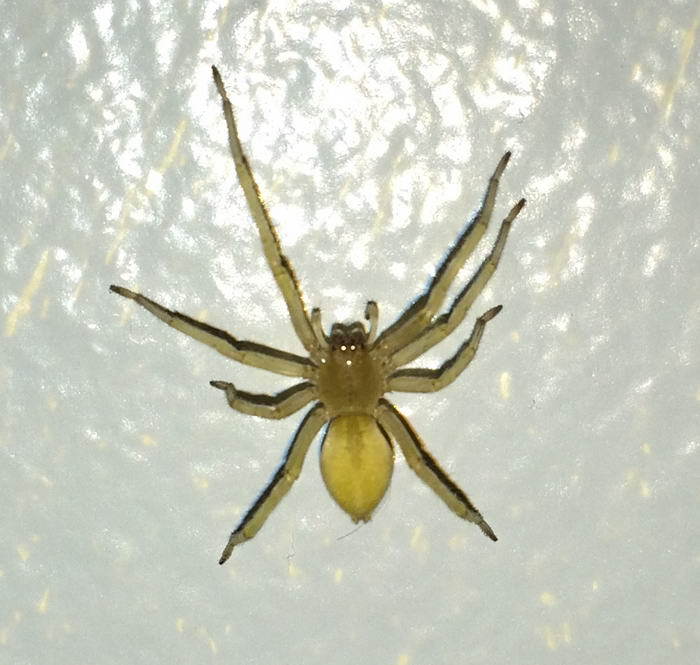
Pale yellow or green in colour, they are quite hard to spot due to this and their small size of around ¼ of an inch. If you do see one, it is best to leave well alone as the above bite is no joke if you are unlucky enough to suffer it.
07 – Fringed Ornamental Tarantula
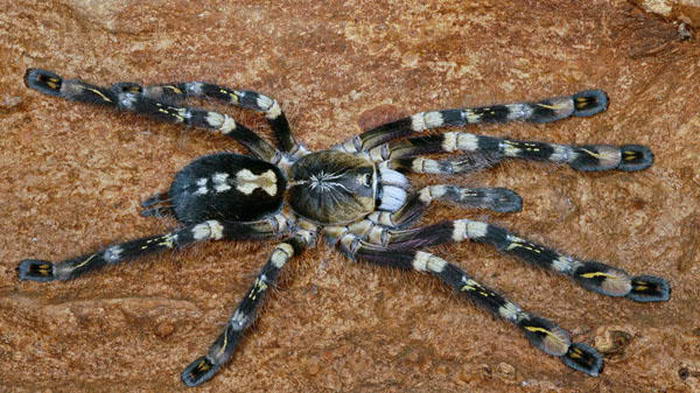
If there is one animal in this area that people really are afraid of it is the tarantula! Although not strictly a spider, it is close enough to make it onto our list and this one has a particularly potent bite. If you do get chomped on by this fella then you will be jumping around like the old Spanish dance the tarantula is named after!
The venom this creature carries causes excruciating pain in the affected area as well as muscle cramps and possibly chest pains. There aren’t any recorded deaths for this spider. But there are many cases of people needing hospital treatment after being bitten by this tarantula. This animal really is as nasty as it looks!
06 – Mouse Spider
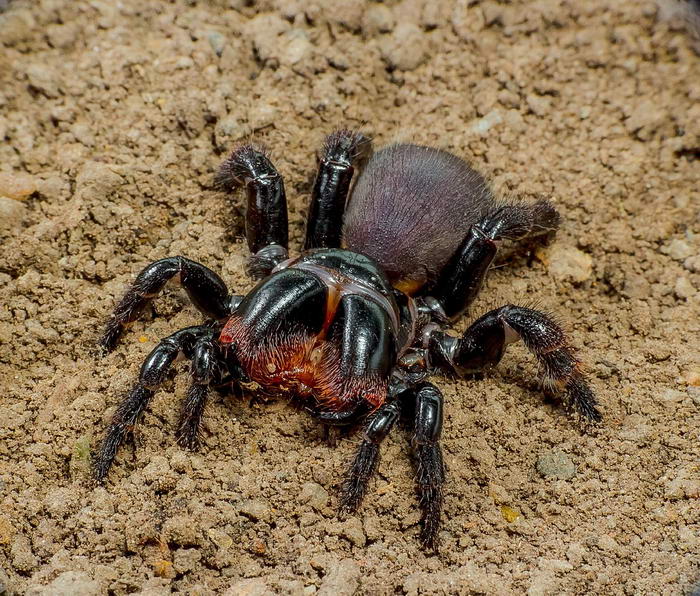
This spider is also not as aggressive as others higher on our list. It usually will only bite or attack if it feels threatened. It is quite easy to spot with its huge jaws and red colouring on the top. So if one is around, you should spot it easy enough to avoid.
05 – Six Eyed Sand Spider
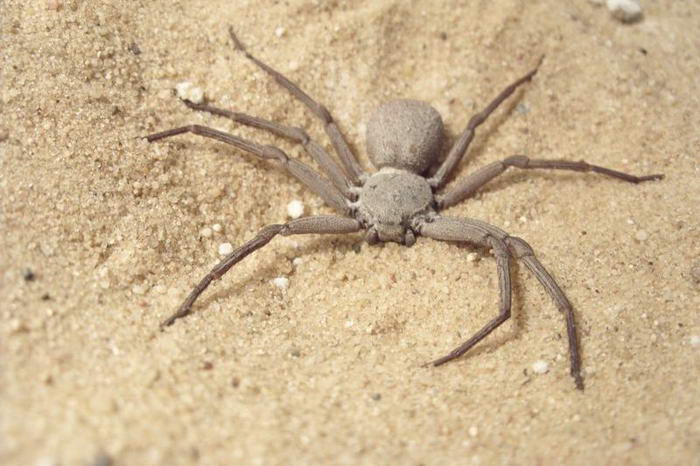
The reason behind this is that the venom is both necrotic and haemolytic. This causes the blood to both run freely rather than clot as well as destroying the flesh around the bite. In the end, this leads to fatal blood loss from a wound that just won’t heal. Although there haven’t been many recorded instances of humans being fatally wounded, they are certainly dangerous to us.
04 – Black Widow Spider
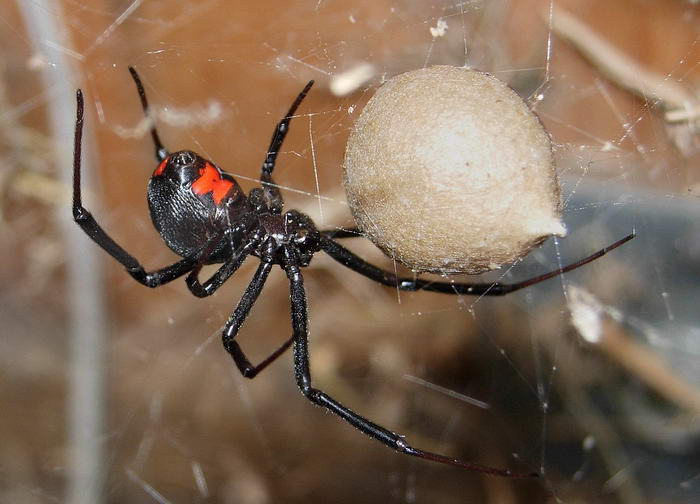
Containing the most potent venom of all spiders but one, this only comes in at 4th. Because it delivers less of it when biting. The poison it dos inject is plenty painful enough though! The toxins contained cause a wide range of issues from burning pain, abdominal cramps and nausea to name a few. Particularly dangerous for the very young or old, they are one tough customer.
03 – Brown Recluse Spider

As with a lot of other spider venom, the effect their bite has is necrotic meaning it destroys tissue and flesh. While some cases can be mild, there are instances where the effect of the bite was so bad people had to have arms or legs amputated! The main issue with this spider is that there is no effective cure for its bite or the side-effects hence significant problems for some victims.
02 – Sydney Funnel Web
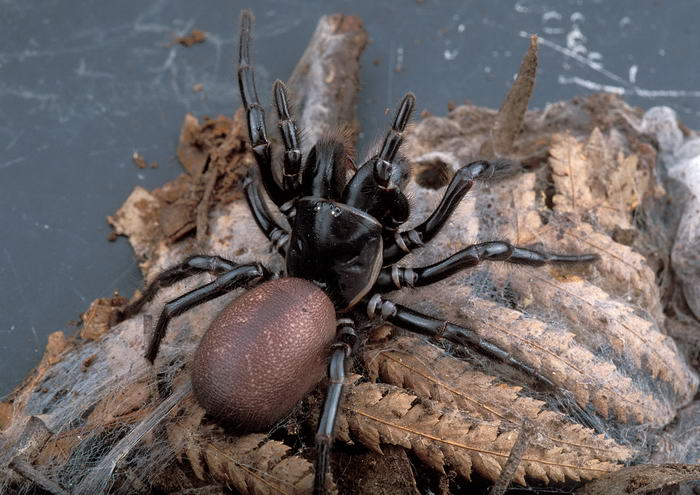
Another nasty trick this guy uses in a fight is that it will cling onto its victim so as to deliver more attacks. Able to bite through things like shoe leather, this really is one animal to avoid! Interestingly for spiders, the male is the more dangerous gender here as it has more venom inside it. The venom itself is a super-powerful neurotoxin which can cause fatal results.
01 – Brazilian Wandering Spider
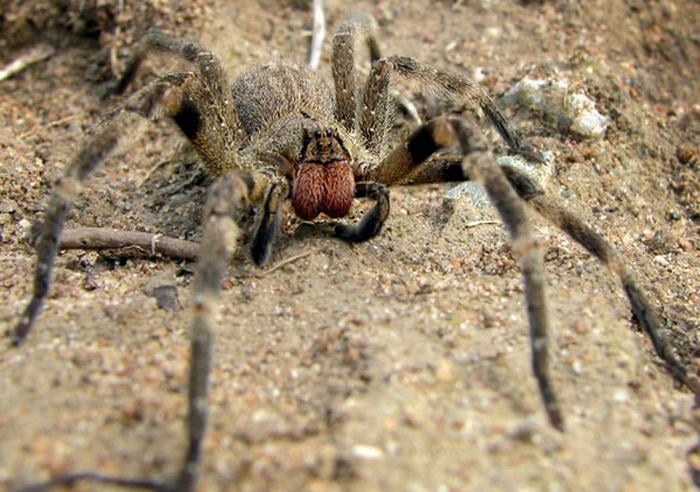
Effects of a bite include loss of muscle control that eventually will lead you to stop breathing. The other really nasty thing about this spider’s bite is the terrible pain you will feel for hours as you slowly die. What makes them particularly dangerous in terms of contact with humans is their behaviour. As the name suggests, they like to travel and wander about. This can see them turn up in unlikely places where humans can be attacked by surprise.
We’ve now navigated through the intriguing world of arachnids and uncovered the 10 most venomous spiders that inhabit our planet. These fearsome creatures are not only fascinating but also demand our respect due to the potential risks they pose. By understanding their habits and behaviors, we can appreciate their role in nature while also keeping a safe distance. So, next time you come across a spider, remember the incredible diversity within the arachnid world. Just be sure to tread carefully around these formidable eight-legged wonders!


